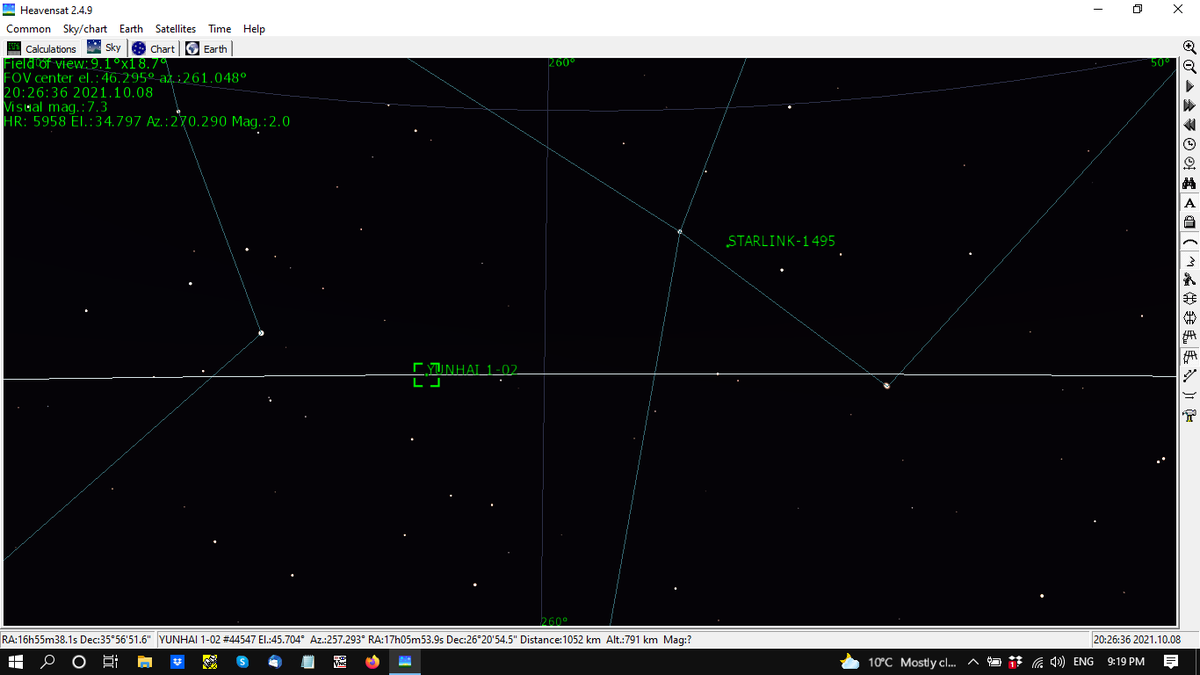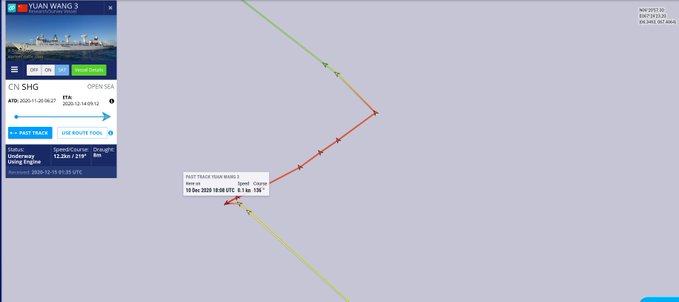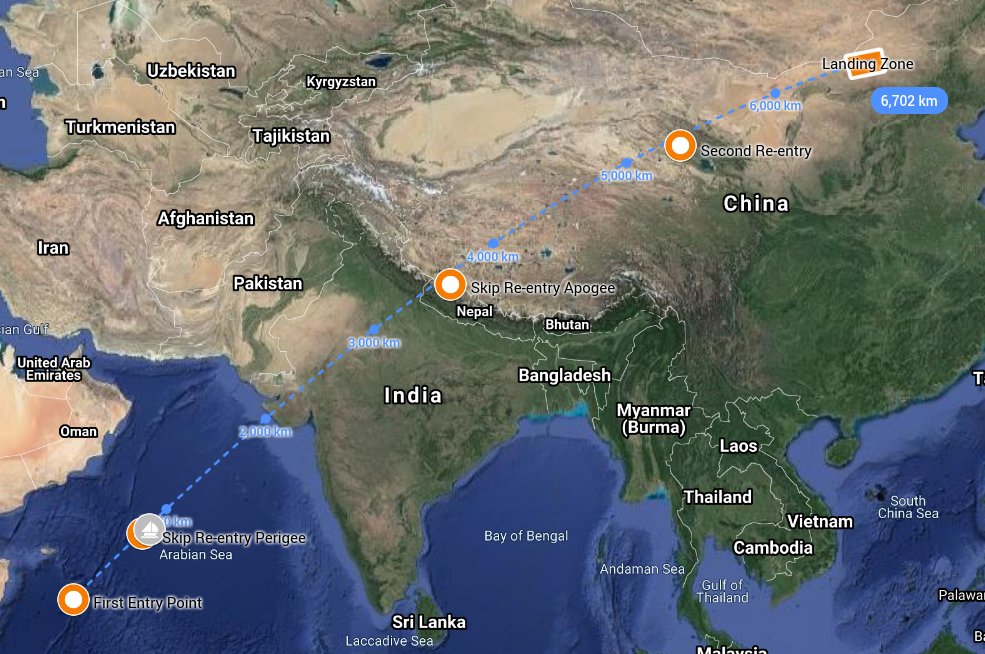
March 2021 - 18SPCS reported that YUNHAI 1-02 [44547, 2019-063A] had broken up. Since the breakup report, amateurs have monitored radio emissions on 1704MHz. As the spacecraft straddles the terminator it was lost in the glare of daylight until now...
THREAD
THREAD
@18SPCS reported that YUNHAI 1-02 broke up and amateurs noticed it continued to emit. The following thread should catch you up on some of these facts.
https://twitter.com/coastal8049/status/1384352044685828098
@planet4589 later noted an anomolly in the @SpaceTrackOrg catalogue with a report indicating 48078, 1996-051Q: "Collided with satellite". See this great thread to learn more about his analysis and the tie to YUNHAI 1-02.
https://twitter.com/planet4589/status/1426771798276943872
In preparation for visual observations, reviewed MMT data for similar phase angle observations that had occurred in the previous couple years and one that occurred a year ago today 2020-10-08. Similar phase angle and note the obvious periodic light curve.
mmt.favor2.info/satellites/tra…


mmt.favor2.info/satellites/tra…



These three images taken approximately at 2021-10-09T03:26 UTC, with a 10s exposure, reveal a 'steady' light curve for YUNHAI 1-02 nothing close to the historically observed 3.33s period with an amplitude of ~2 magnitudes. 





Here's the planning plot for the encounter to give you some perspective. STARLINK-1495 [45761, 2020-038AH] is also in two of the frames travelling perpendicular to YUNHAI 1-02. 

What does this all mean?
1 - YUNHAI 1-02 appears to be on a reduced mission.
2 - It's scanning radiometer appears to have been damaged or deactivated as they usually cause rapid periodic flashes from a satellite which explains the old period of 3.33s.
satobs.org/seesat/Aug-201…
1 - YUNHAI 1-02 appears to be on a reduced mission.
2 - It's scanning radiometer appears to have been damaged or deactivated as they usually cause rapid periodic flashes from a satellite which explains the old period of 3.33s.
satobs.org/seesat/Aug-201…

• • •
Missing some Tweet in this thread? You can try to
force a refresh


























